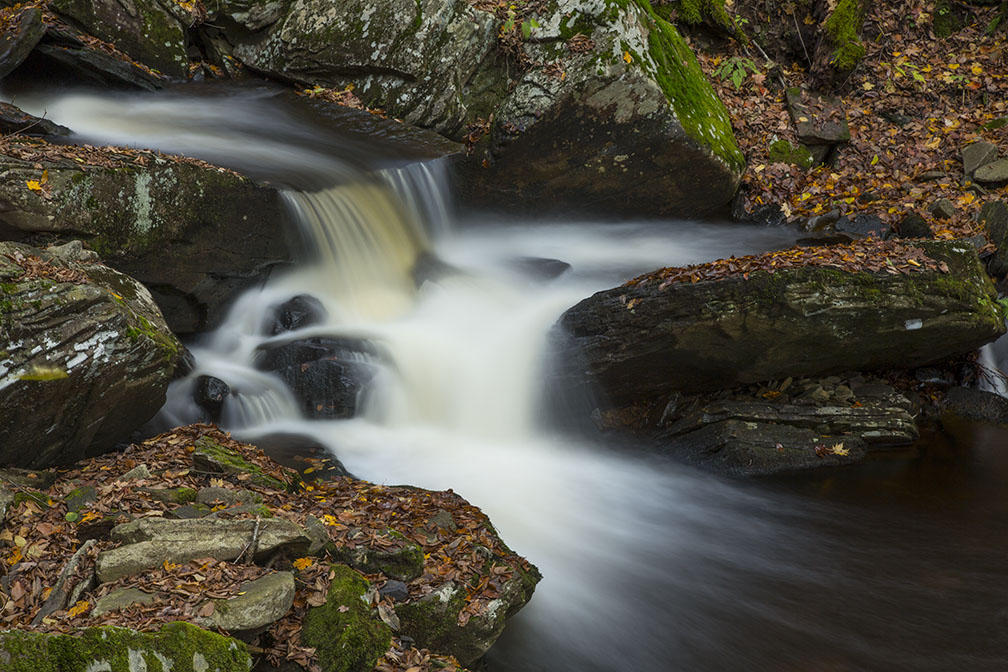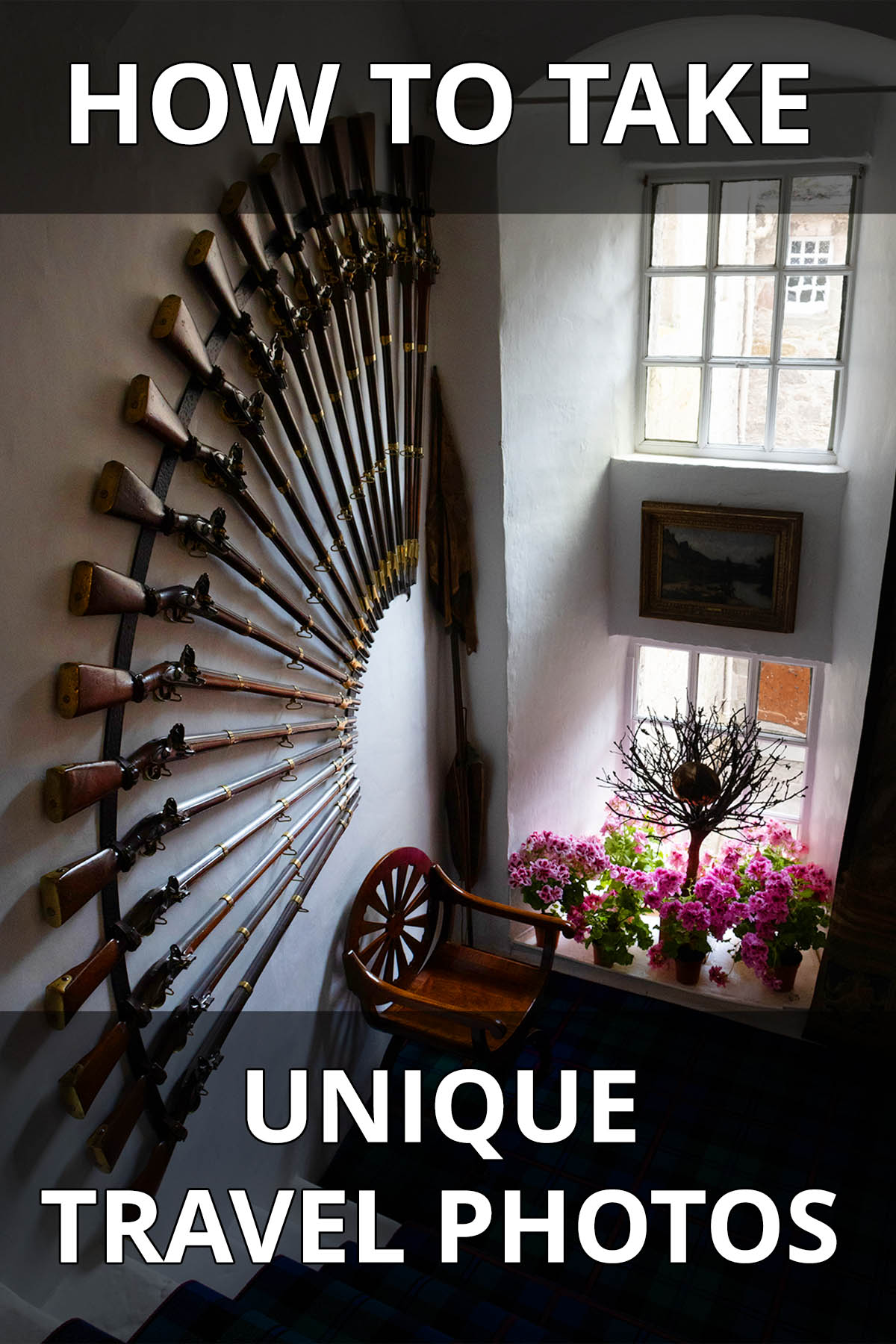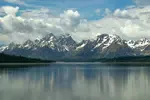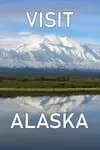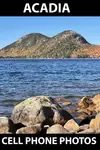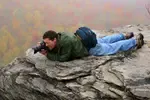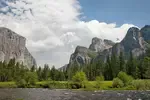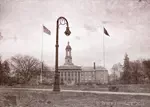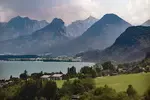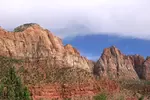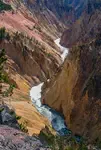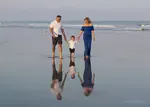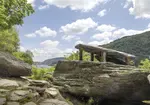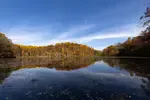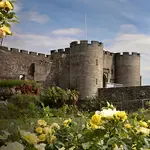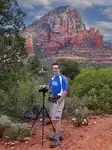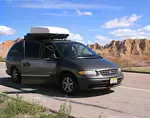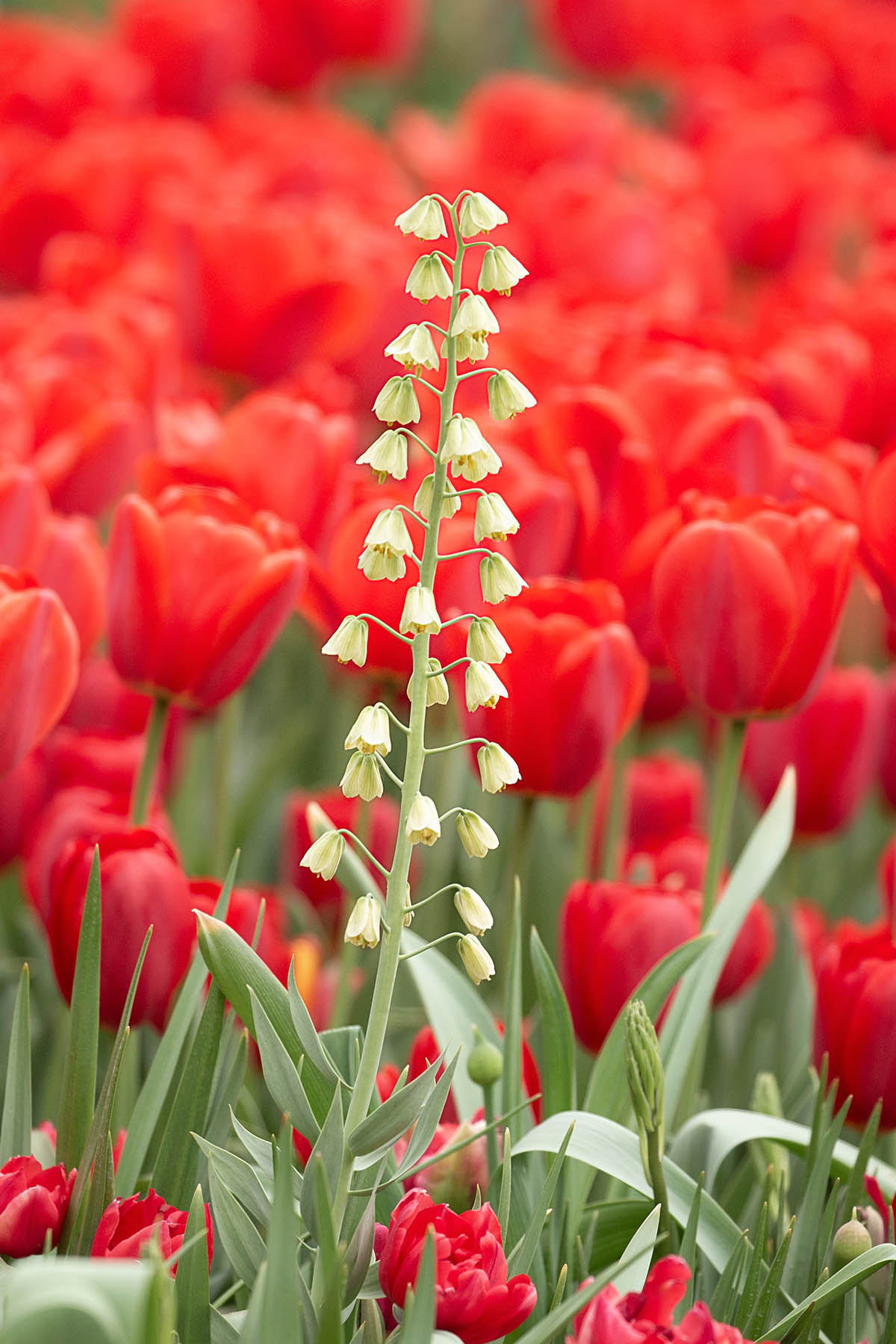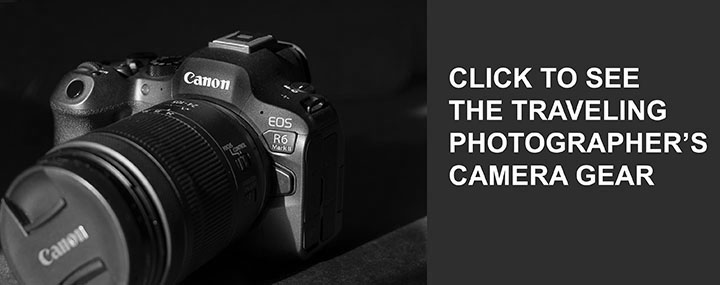How To Get Truly Unique Travel Photos
WRITTEN BY: BRUCE LOVELACE
PUBLISHED ON: August 13 , 2025
You want your travel photos to look unique. Me too! Getting really unique images of popular landmarks can be difficult since so many people photograph them, often in the exact same way. The ideas presented in this article can be used while you're traveling on vacation either locally, or when your journey is a distant one.
Here's how to create distinct and engaging images. Use these unconventional strategies for photographing iconic sights in fresh and engaging ways.
 Celling of Saint Nicholas Cathedral In Ljubljana, Slovenia
Celling of Saint Nicholas Cathedral In Ljubljana, SloveniaI took the photo above using an almost symmetric composition. I was intrigued with the incredible detail of this ceiling and shot up with my camera aiming straight up. There was no direct sunlight streaming through the window at the time, so I got a nice soft rendering of the details.
But jump right in. Here are 10 ways to go beyond the typical snapshot and create truly memorable travel photos.
1. Pack A Super Wide Angle Lens
Super wide angle lenses are great for taking photos on your excursion. You get photos with strong perspectives that can accentuate objects in the foreground and create a great sense of depth in your photos.
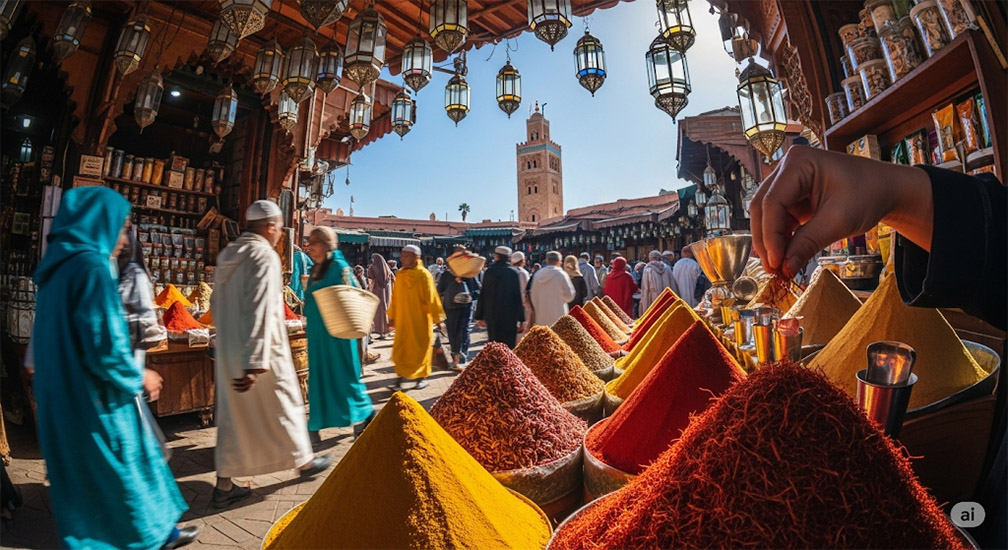 Super Wide Angle Travel Photo
Super Wide Angle Travel PhotoImage generated using Gemini AI
Additionally, using a super wide angle lens for shooting interior spaces as well as scenic landscape photos. Super wide angle lenses give you great depth of field, insuring that you get everything in your photo in sharp focus.
2. Use Framing Within Your Camera Frame
Depending on your location, it's not always available, but using the framing technique will set your travel photography apart from others. You can include framing elements within your composition that border your subject on one or more sides of your photo.
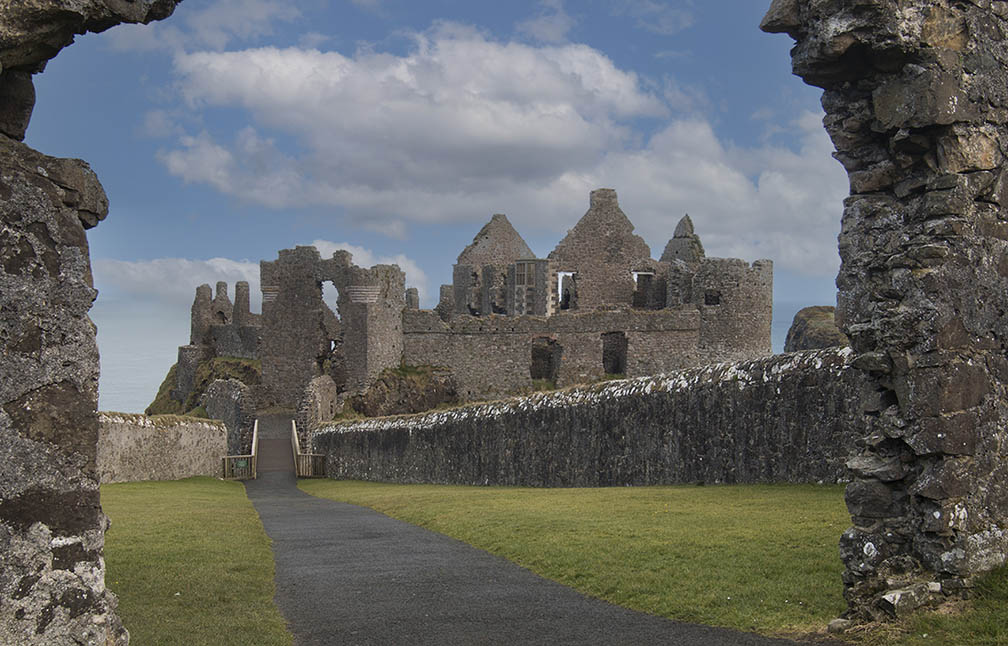 Framed Dunluce Castle, Northern Ireland
Framed Dunluce Castle, Northern IrelandWhen the framing technique is used the subject is visually emphasized. In the example above, I used an existing manmade structure, part of an external castle arch, to frame in the Dunluce Castle in Northern Ireland.
3. Look For Uniqe Lighting Situations
The timing was perfect! The light from the early morning sun was coming in at an extreme angle from the right. The light and dark stripes from the sun and shadows transformed an ordinary field of vegetables into an interesting study of light patterns.
The golden hours around sunrise and sunset often give you appealing results, but some subjects will look thier best in the middle of the day. Observing the light is the thing to do constantly.
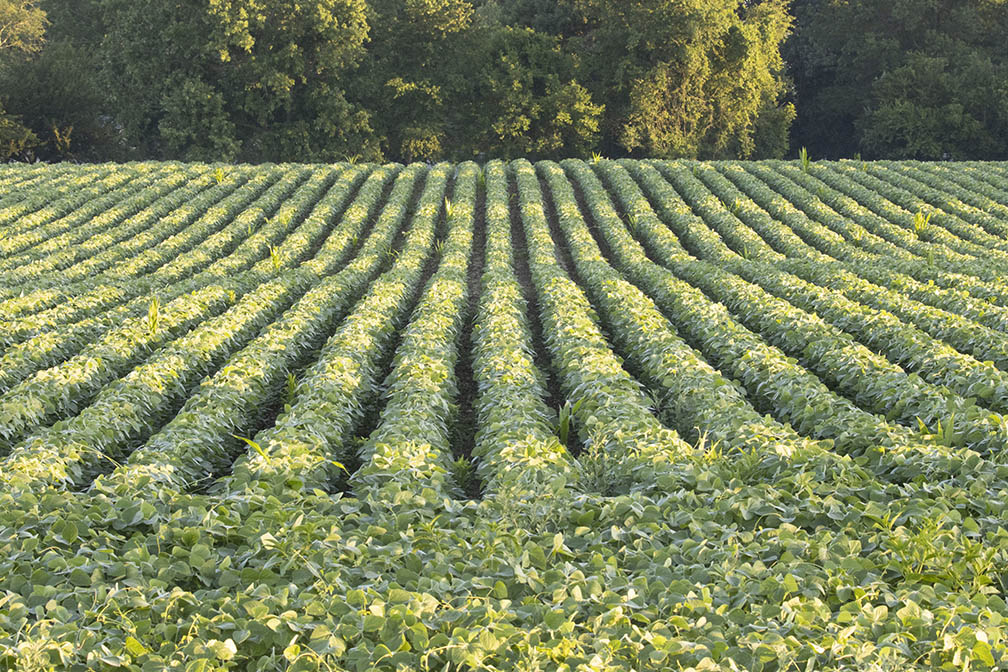 Unique Lighting Example
Unique Lighting ExampleAdmittedly, I'm a lighting geek. Every since I was a young boy I've been fascinated with light. Perhaps that's why I chose to be a photographer, rather than a chemical engineer. After all, photography has often been described as "Painting With Light."
One of the ways you can get great ravel photos is to observe lighting conditions as they change and anticipate interesting situations.
4. Take Long Exposure Photographs
Long exposure photography is not typically done when shooting travel photos, but it's a technique that can give you fascinating and unique effects. Running water, whether it's a waterfall, the ocean waves, or a water fountain, make great subjects to try out long exposure photography.
Long exposure photography opens up a whole new world of photo ops when you travel. The waterfall shot above was taken during the daytime using a Neutral Density Filter. The image below is what a long exposure looks during dark conditions. with people in motion looks like.
Amusement parks, carnivals, sporting events, concerts, and other nighttime gatherings make for good subject when your travels hit evening time frames.
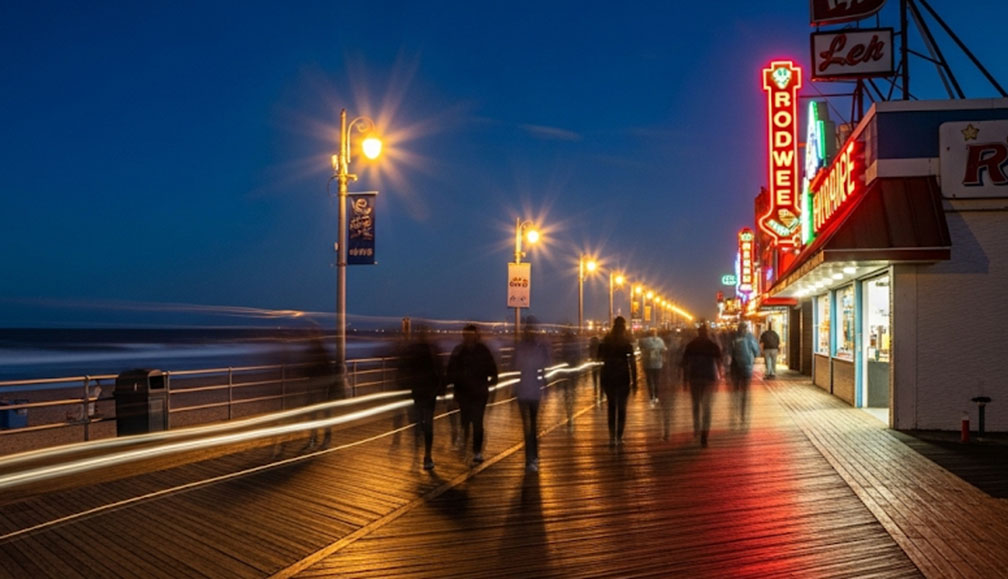 Ghosts On The Boardwalk"
Ghosts On The Boardwalk"Nah! Just a long exposure
Both the waterfall and boardwalk photos where taken using a tripod. That keeps the stationary objects in the photo sharp and allows the moving pars to appear blurry in a long exposure. You'll want to experiment with different shutter speeds until you get the best creative effect for the subject matter you're shooting.
5. Use Unusual PerspectiVes
Find angles that most people would never think of. Positioning yourself to get a unique perspective is often quite easy to do. Rather than taking all your photos at eye level while you're standing up right, try both high and low, and left and right perspectives to alter the camera's viewpoint.
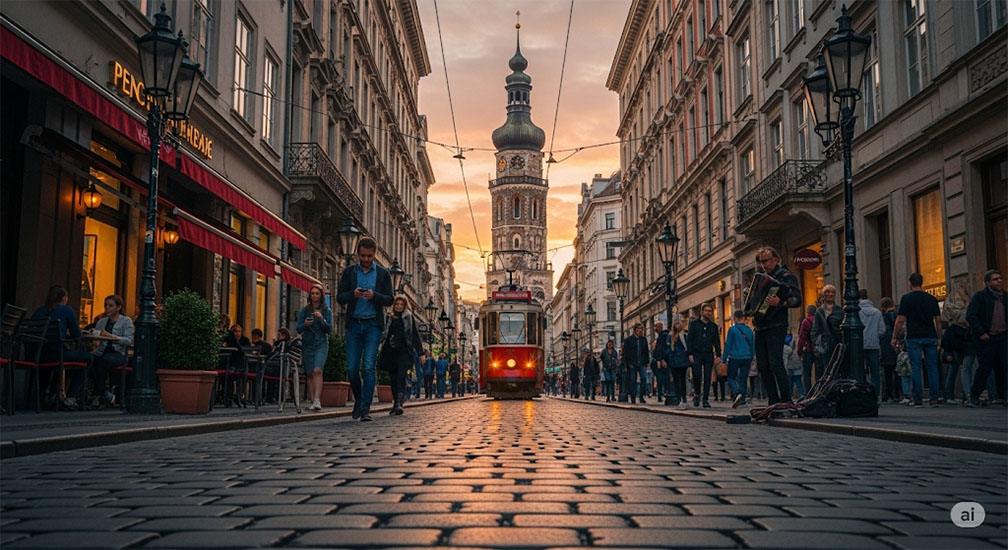
Taking an unusual perspective in the photo above makes it a much more intriguing image than a photo that was taken at eye level. In the photo above, the warm toned backlighting brought out the texture of the bricks in the roadway.
6. Seek Out Repitition
Look to photograph repetition and patterns in your travel photos. This can add visual interest to any photograph, whether the repeating elements are the main subject or just a supporting part of the overall photograph.
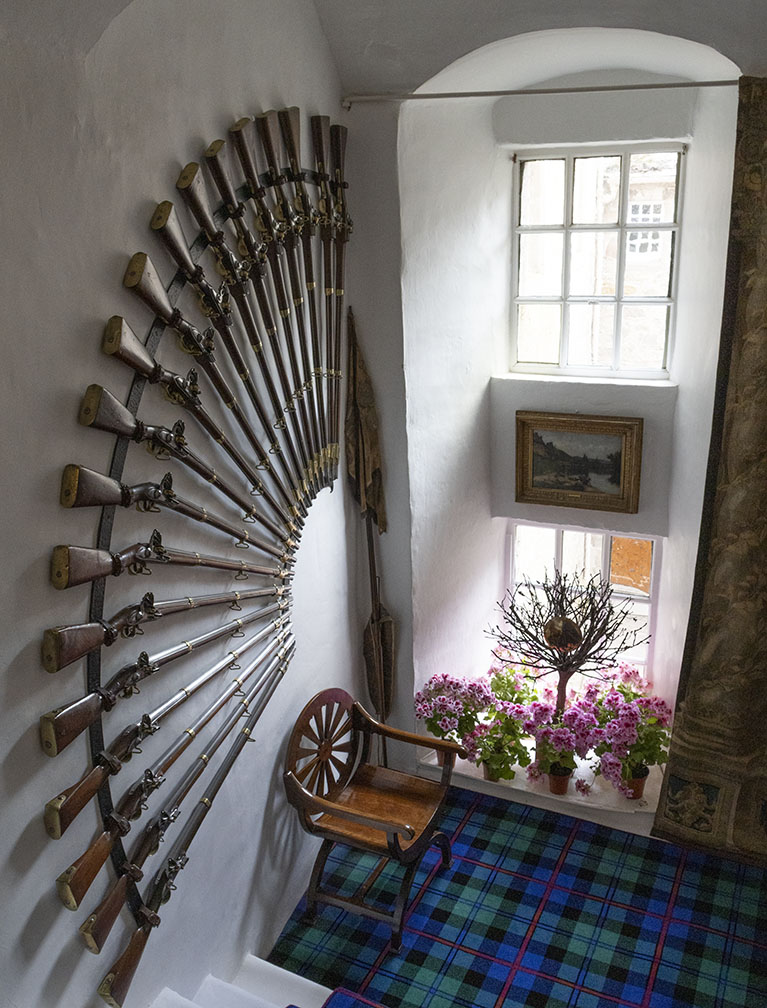 Cawdor Castle, Scotland
Cawdor Castle, ScotlandGun That Were Taken After Defeating The French in 1797.
The photo I took while on a journey to Scotland does not have a single subject like many photographs should. The guns are the most important part of the image, and in this case I included the firearms, the chair, the flowers, and the window to create stopping points as your eye moves through the composition.
7. Bring Your Telephoto
Although many of the photos you take will be done with a wide angle or normal focal length, don't for get the power of using a telephoto lens. You can't always get up close to many of the subjects you'll encounter when shotting travel photos.
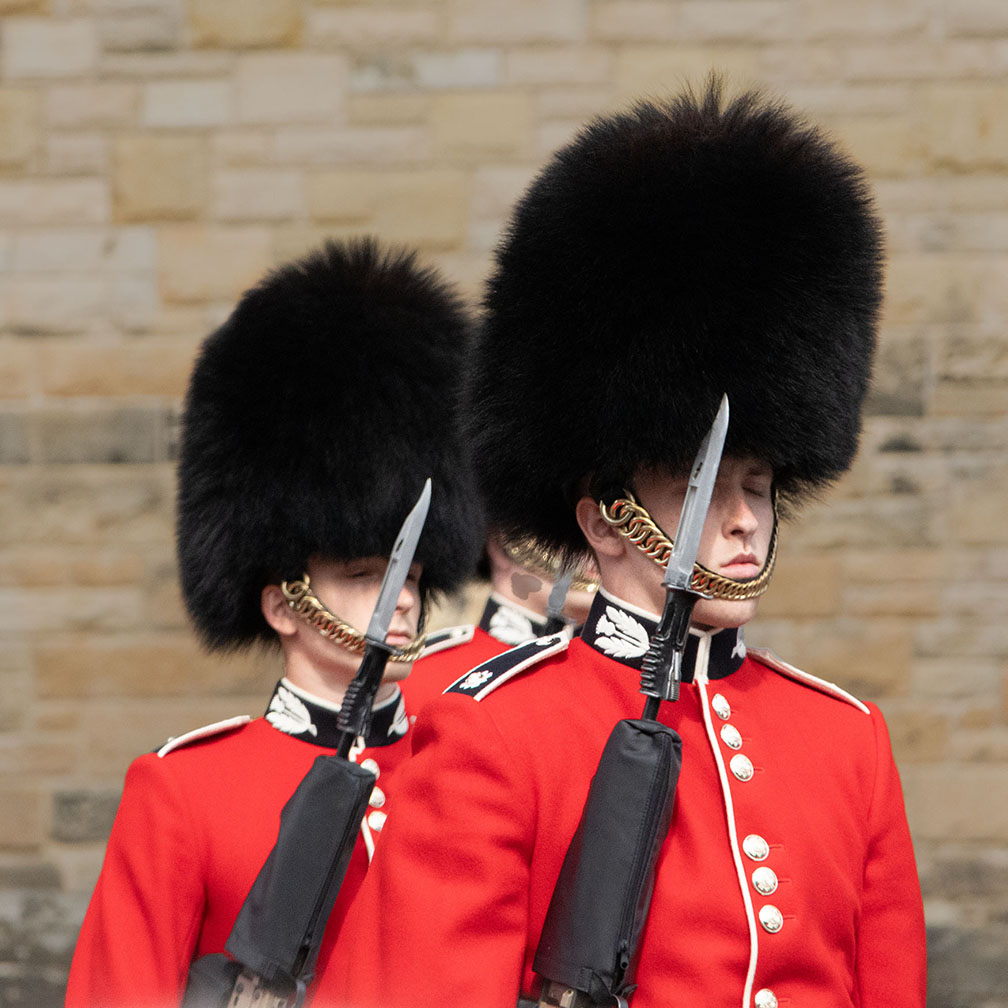 Telephoto Lens Gives You Close Up Details
Telephoto Lens Gives You Close Up DetailsOn an APS-C crop camera, like the Canon R7, the 150mm setting gave me an equivalent zoom angle of 240mm. I was able to zoom in for a detail shot. In this case I captured the guards with eyes closed and the bayonets on their rifles "cutting in" to their faces.
8. Watch For Relections
Alaska is a great travel location for many reasons, including the taking of rewarding photos. The best situation for shooting reflection photos in nature is calm water.
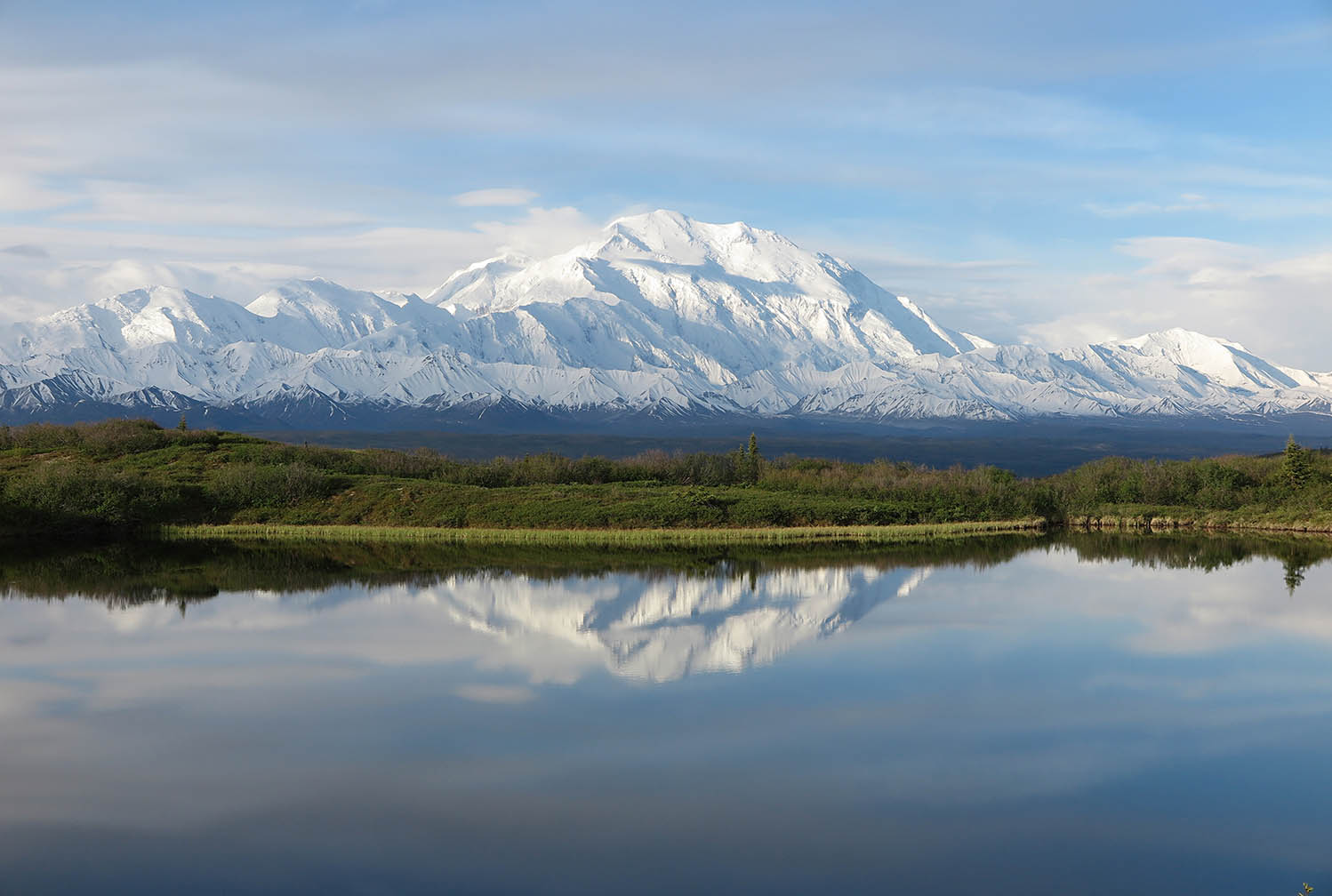 Reflection Pond, Denali, Alaska
Reflection Pond, Denali, AlaskaWe were very fortunate when we visited Mt. McKinley (also commonly called "Denali.") Any smooth surface gives you a possibility for a unique photo. If you're shooting in rural areas, water in a pond, lake, or slow-moving rivers your best bet.
If you're traveling in a city, puddles, cars, chrome surfaces, mirrors, glass walls. and windows make great reflecting surfaces.
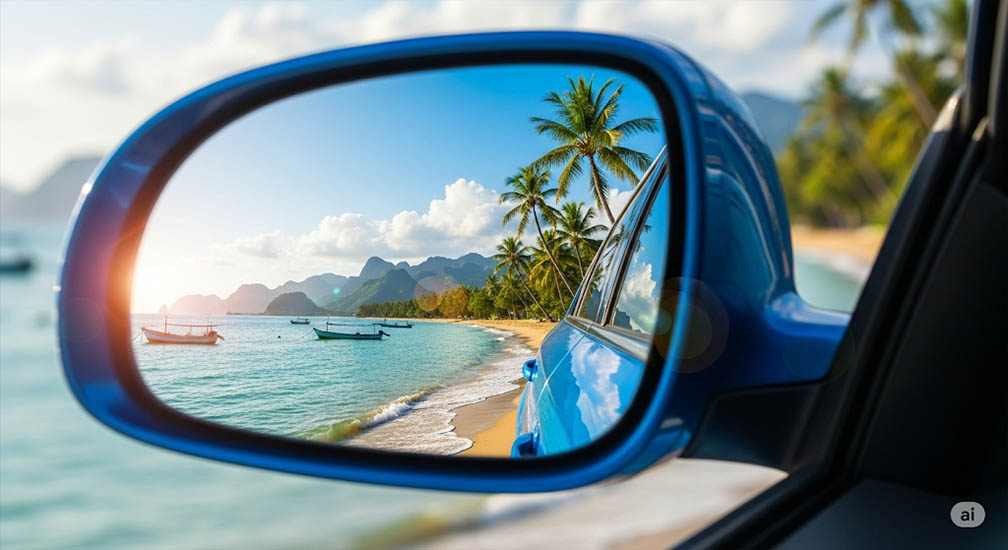 Vacation In The Car Mirror
Vacation In The Car MirrorWith reflection photos it's all about choosing the best angle. Using this technique is easy to try when there are suitable shiny surfaces to use.
9. Shoot the Shadows
This might be the most unusual type of travel photography to try when you're galivanting on vacation. That doesn't mean you shouldn't include it as one of the photography techniques you can have fun with. The key idea is that it's all about timing and direction.
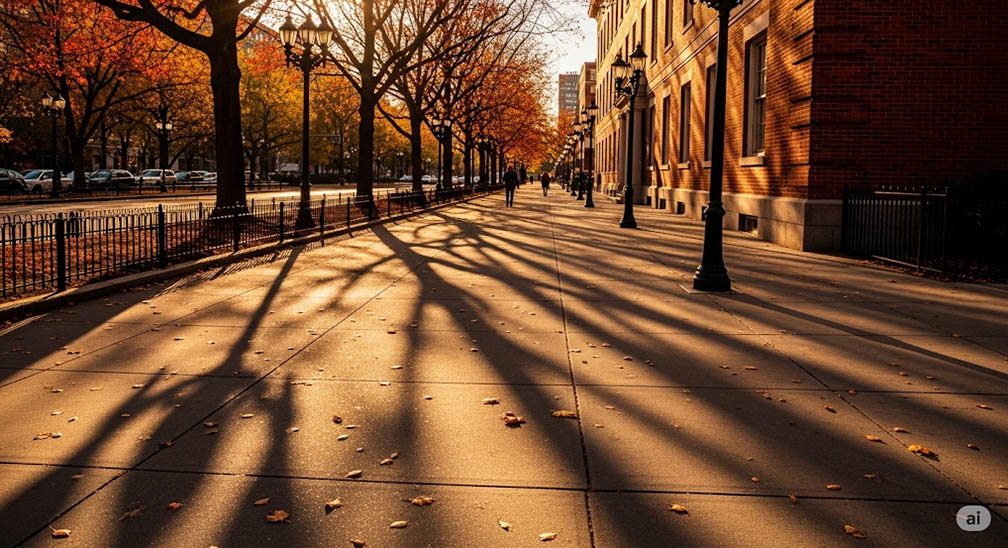 Use Shadows in Your Travel Photos.
Use Shadows in Your Travel Photos.You'll get the longest shadows two times each day, early and late when the sun is lower in the sky. Fortunately, they'll give you completely different effect because of the changed direction of the light.
If you're a night owl, don't forget the possibilities of shooting the shadows cast from the moon. It gives you very simipar lighting, but at different angles.
10. Look For Details
It's only human nature to arrive at a location and take a broad view of everything all at once. One of the biggest mistakes that travel photographers make is to neglect shooting detail shots.
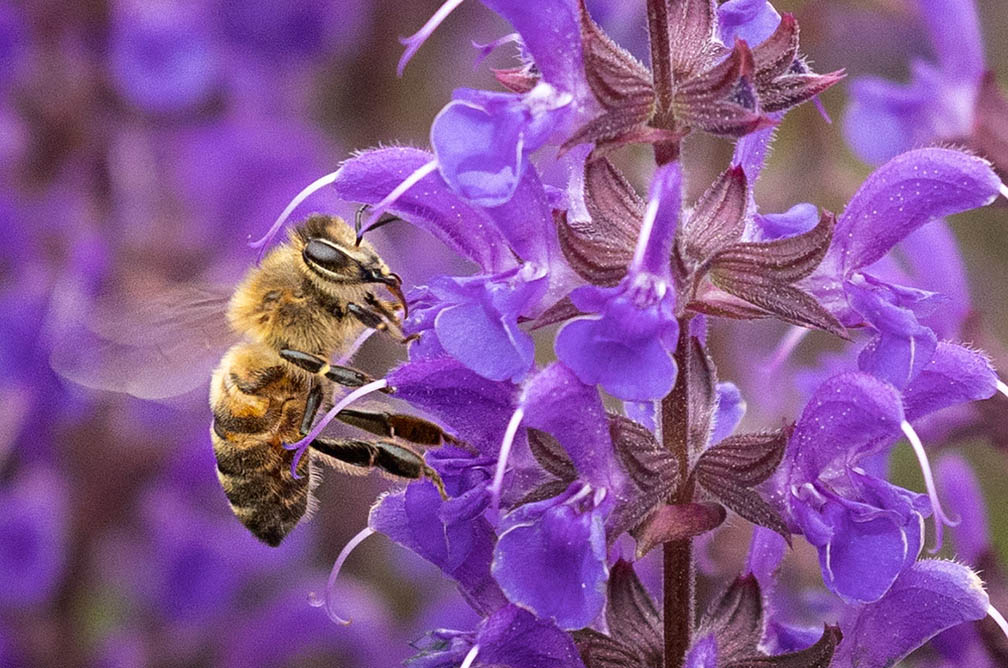 Links Bridge Vineyard, Maryland
Links Bridge Vineyard, MarylandSummary
I hope you enjoyed this post on taking unique travel photography techniques. and that I inspired you to get creative. You may be wondering why it's so beneficial for your travel photos to be unique.
Use some or all of these techniques and your photos will improve and they'll have more visual impact.
Our world is saturated with ordinary travel photos. I encourage you to take photos that go beyond the typical tourist captures.
Searching for creative photo opportunities will help you observe and appreciate your surroundings on a whole new level. Additionally, you'll have a much richer experience as you proceed on your excursion.
One additional benefit. By seeking out new perspectives and photography methods, you'll develop your own unique style. You'll create a body of work that shows off your unique perspective on the world.
Have a blast. Make it fun!

Bruce Lovelace is the publisher of TravelingPhotographer.com. Bruce shot portraits full time for over 35 years. Now he shoots more travel photography. Read more about him on the About Page. He also publishes how to articles and camera gear reviews at the Photography Tips and Canon Geek websites.
The Traveling Photographer Location on Google My Business
